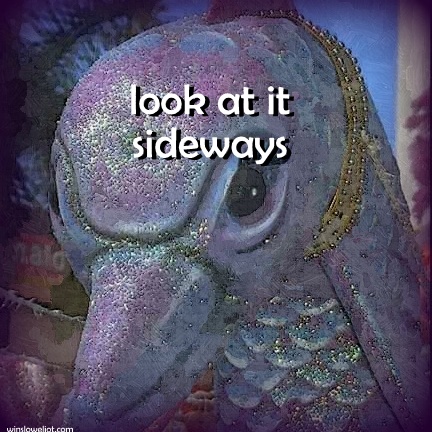
Stillness 7-8: There are so many ways to “see.” The Old English seon meant not only to look, but to perceive, to understand, to experience. Its root is sekw, which means to follow, and that root evolved into “following with one’s eyes.” During the Middle Ages, to see meant “to behold in the imagination or in a dream.” A few centuries later, Shakespeare used “see” in the sense of an escort—to see someone home. Also during his lifetime, “to see” was introduced as a gambling term: to equal a bet. And also from Shakespeare’s time, to see began to be used as a pausing statement. So … let’s see … hmm.
How do you want to see things, whether it’s something that happened in your past or something you want to create in your future? How do you want to perceive a friendship, a task, or a longing? We are always free to see things however we want to. Our minds are extraordinarily limitless and imaginative, if we allow them to be. We tend to get stuck in the idea that we can only see a thing in a certain way, but when we turn it inside out, upside down, or simply remove it from the box in which it’s been placed, we expand our vision in exponential ways.
It takes courage to see things differently, creatively, or personally, and not in the way others expect you to see them. It takes courage to stand up for what you see as being good and honorable. It takes courage to wear shimmery purple painted plumes that can be seen from miles away or to rewrite an old story from a different point of view. And courage comes from your heart—it’s part of your heart’s wisdom.
So, practice using your heart to see, rather than the eyes in your head. It takes a little time to get used to, but when you start doing this regularly, you’ll find it becomes easier. Your heart has amazing eyes that can follow and behold and imagine.
